Fibrus Hits EBITDA Breakeven as UK Broadband Customers Top 113.5k
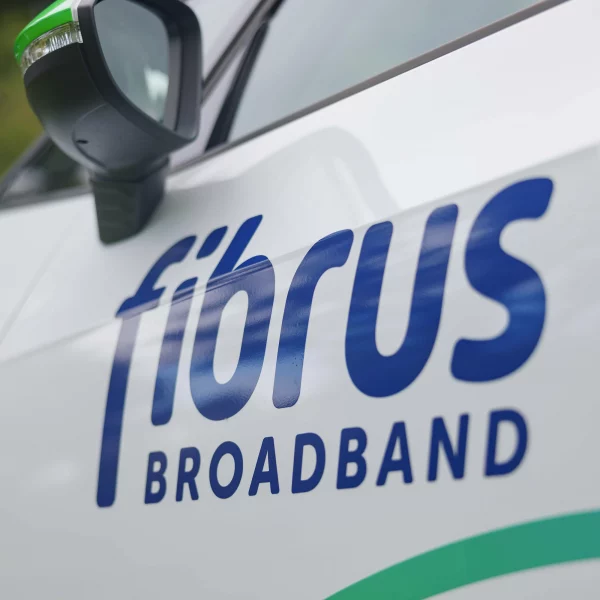
Infracapital-backed alternative network operator Fibrus, which has been rolling out their full fibre (FTTP) broadband network across Northern Ireland and Cumbria (England), has today published a summary of their latest results. The data reveals that they achieved EBITDA breakeven in March 2025 and are now home to 113,500 customers (up from 100k in Nov 2024).
The ability to achieve a positive EBITDA (i.e. earnings before interest, taxes, depreciation, and amortisation) can indicate that a company’s core operations are starting to become profitable (banks use this to help assess whether a company is able to pay off its debts). But EBITDA doesn’t fully consider everything (e.g. non-core financial expense), and there’s still a long road ahead.
Fibrus has so far extended their fibre optic lines to cover 410,000 premises (2nd May 2025) and today’s results, which run to the end of March 2025, reveal that their customer numbers grew by 45%, with 113,500 customers now connected to the network. At the same time, customer penetration — the percentage of premises passed that are now connected — grew from 23% to 28%, with the business on track to reach 30% in the coming months.
Advertisement
The operator also made progress in Cumbria, with over half of the 71,000 premises passed in the past 12 months being derived from its rollout in the region (not surprising as their N.Ireland build is hitting completion). This included the successful connection of more than 10,000 hard-to-reach rural premises as part of the BDUK (Project Gigabit) programme, with Fibrus reaching its second major delivery milestone under the contract at the end of March.
Key Highlights from Fibrus’ Results
➤ Revenue for the month of March 2025 was up 55% year-on-year
➤ Annualised Recurring Revenue (ARR) for the month was £35 million, up from £22 million the previous year.
➤ Customer growth increased 45%, rising to 113,500 customers at March 2025
➤ Customer penetration rose from 23% to 28%, with the 30% milestone expected to be achieved soon
➤ ARPU (Average Revenue Per User) for March hit £25.53, up £1.73 (7%) year-on-year
➤ 71,000 ready for service premises added in FY25, a 21% increase in our addressable footprint, driven largely by rural build programmes
➤ Customer churn remains low at 5% per annum
➤ Operating expenses fell 3% year-on-year, despite rising direct costs (in particular Physical Infrastructure Access [PIA] from Openreach)
Fibrus said they’re now “focused on pushing deeper into its footprint, growing ARPU, and staying relentlessly efficient – with projections for the coming 12 months set to continue this strong financial and operational performance.”
Dominic Kearns, Fibrus’ Co-Founder and CEO, said:
“Breaking even is a huge moment for us, the same with any large-scale long-term infrastructure project. It proves our model works when you get the execution right.
Having recently been awarded 48th spot in the Deloitte 2024 EMEA Technology Fast 500 list, and the fastest-growing tech company in Northern Ireland, we are building momentum and have our sights firmly fixed on sustainable business growth.
We’re building a better broadband company from the ground up: more customers, stronger margins, low churn, and a lean operation.
We’ve proved we’re not here to follow the big players. We’re now the largest provider of full fibre broadband on our footprint.”
Admittedly, the figures published in today’s announcement focus more on the positive side, albeit without referencing the company’s wider situation, such as with relation to debt and losses etc. But that should come once the full annual accounts are made public in the future.
Mark is a professional technology writer, IT consultant and computer engineer from Dorset (England), he also founded ISPreview in 1999 and enjoys analysing the latest telecoms and broadband developments. Find me on X (Twitter), Mastodon, Facebook, BlueSky, Threads.net and Linkedin.
« Openreach Finally Kicks Off Larger FTTP Broadband Build in Oxford





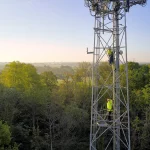


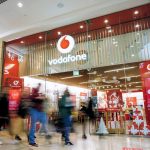
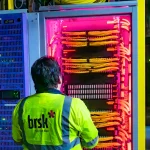
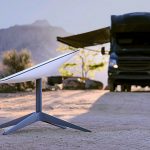











































EBITDA is a pretty simple measure, take the net earnings and add interest, tax depreciation and amortisation expenses to them.
This is operating EBITDA so deals only with core day to day operations and, importantly for network builders, operating income and expenditure don’t include costs of new plant.
They are absolutely not EBITDA positive. Unsure why seems to be a trend to forget the ‘operating’ part hence give a number that bears no resemblance to actual EBITDA.
Tell me your not an account without telling me you’re not an accountant….
@Polish Poler – So are you saying they are lying then?
EBITDA does *not* include interest, tax, depreciation and amortisation. That’s what the “B” stands for (“Before”)
It is just the simple P&L from day-to-day trading and opex.
However, “EBITDA positive” is not the same as “breaking even”. They still have to pay the interest on their loans, and they still have to write down the value of their slowly-degrading assets.
I actually meant add them to the revenue side of the ledger to cancel them out from the net earnings but mistyped. I can only apologise.
Mr ‘You have no clue’ when snarky posts with that name do watch the ‘your’ and ‘you’re’. Simple oversight? So was mine, missing out on the revenue side. DBAD.
That’s not how you calculate EBITDA. It excludes the costs you mention, and why would you add those things to the revenue? They’re a net negative.
lol there’s literally the word “before” in the article
All alt nets seem to have forgot about, expansion and maintenance of a network, loans, interest and ROI will be a very long way off and totally excluded from EBITDA. Is a UK FTTH company sustainable at 25 pounds per month, check out companies house for the bigger picture.
Yes, of course the multi billion banks and investment ventures would have forgotten / rolls eyes